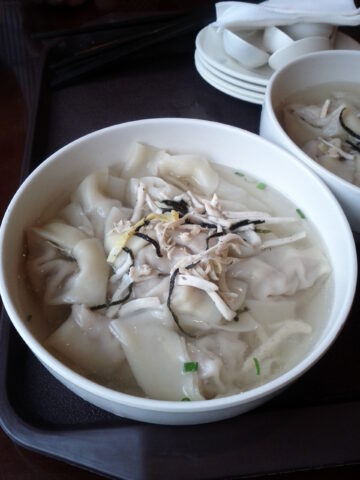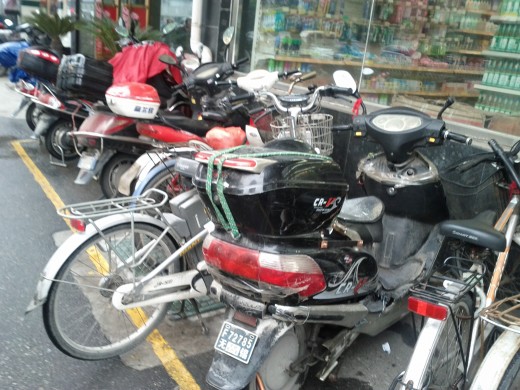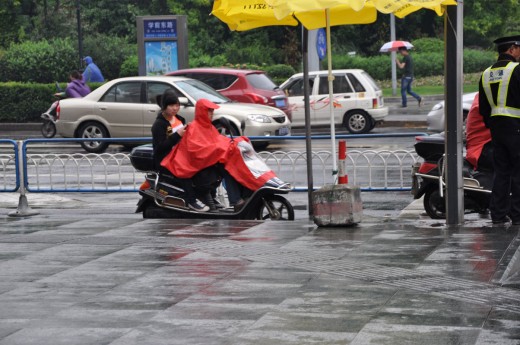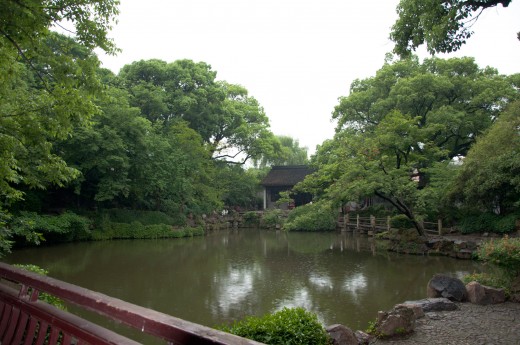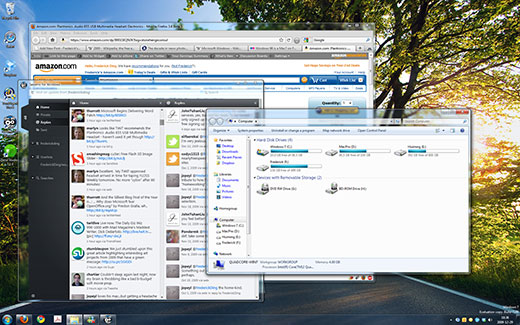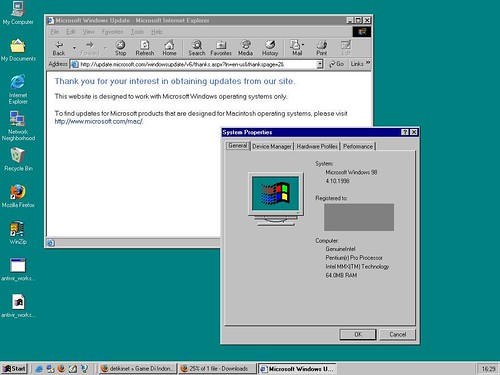I have neglected this blog for so long that I owe it to myself to post some more stuff here. Since I’m in China for about two and half weeks, I might as well blog about it — complete with photos*.
* I apologize in advance: most of the pictures are low quality photos from my cell phone.
Purchasing Power Parity and Prices
From what I saw yesterday (let’s call it Day 0), items that are cheap in Canada and/or the United States can be insanely expensive here, while others that are reasonably expensive in Canada are dirt cheap here.
There’s a supermarket / department store chain called Carrefour that has everything imaginable, from imported milk to cell phones to oranges to suitcases. Asian ice cream bars can cost as little as $2 CAD for a package of multiple bars, while I saw a knife priced over ¥1500 and woks up to ¥809.
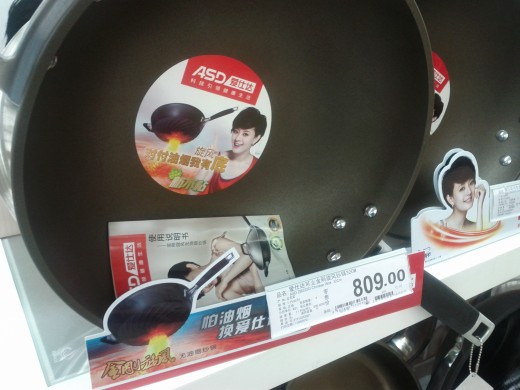
Aside: there’s an abundance of Engrish products, like “Woman Honey” and “Cuboid Sausage”.
Yet cab rides in Wuxi are dirt cheap. ¥15 brought four people from one side of town to the other — and I would probably estimate a bill of $15-20 USD (+tip) for the equivalent ride in Philadelphia. (I sometimes wonder how that money can possibly be enough to cover the insurance needed for such risky driving.) I’m told that public transit is even cheaper — something like ¥1 fares, not to mention seniors ride free.
The problem with the high prices here (inconsistent with purchasing power parity, which suggests that the price of a good here should be roughly the price of a good in Canada, for example, times the exchange rate) is that incomes are also lower in comparison. When nominal wages are low and prices are high, we come to the uncomfortable conclusion that real wages remain incredibly depressed for most citizens, and the inevitable result that the ordinary standard of living here still falls behind Canada and the US.
But food can be cheap
Restaurants can be pretty cheap. For breakfast today on Day 1, I went somewhere that is held in high regard for this particular type of breakfast/dim sum. ¥8 for a bowl of wonton, or for four meat buns (小笼包).
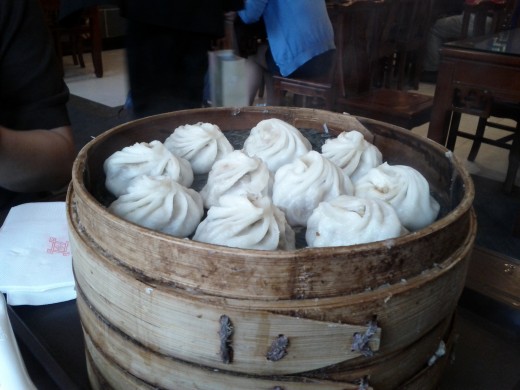
Aside: to eat 小笼包:
- Pick up carefully with chopsticks from the tray seen above.
- Bite a small piece, preferably in the lower half, on the side.
- Without letting go, suck out the juices inside. (Caution: may be hot!) There’s a lot of it, and it tastes so good — it would be wasted if you ate the bun normally and let it leak out.
- Bite and chew rest of the bun as you might ordinarily do.
Aside: I thought this was tea — but it’s actually vinegar.
In essence, a delicious breakfast meal can be had for $3-4 USD — under the price of a Starbucks mocha in North America.
Road rage is normal
I’m a little afraid to be on the road here.
- As a pedestrian accustomed to drivers yielding the way, I’m likely to get injured, because here, people have to yield to cars, for the simple reason that the cars drive aggressively.
- As a rider in cabs, I’m afraid every time the taxi makes a turn, because it always feels like we’ll hit a bike or a pedestrian. Every lane change is practically cutting someone off. And on at least one occasion, the driver has gone onto the opposite side of the road to bypass really slow cars.
- There is no f’ing way I would drive here, or even survive trying.
Also, there are mopeds everywhere.
China’s learning the good and the bad from American capitalism
On the bright side, Chinese people seem to have learned that there’s money to be made from taking risks and launching small businesses. There are lots of little shops of all kinds, many of them fashion or textile shops (people love to browse them but not buy from them). Some of these stores occupy the first floor of an otherwise decrepit building — but the shops themselves are nicely renovated and decorated.
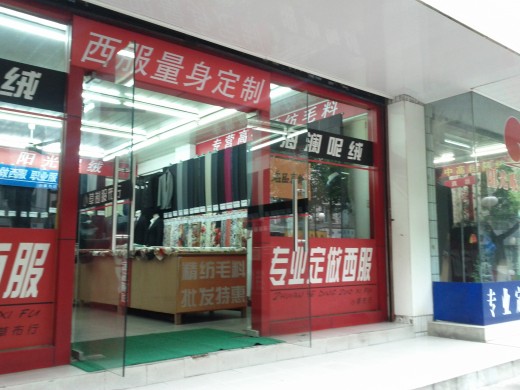
On the opposite side, the income disparity seems to be increasing rapidly. Some alleys have people labouring to survive (e.g. cleaning shoes, fixing bike tires) while nearby streets boast Louis Vuitton stores and Häagen-Dazs ice cream.
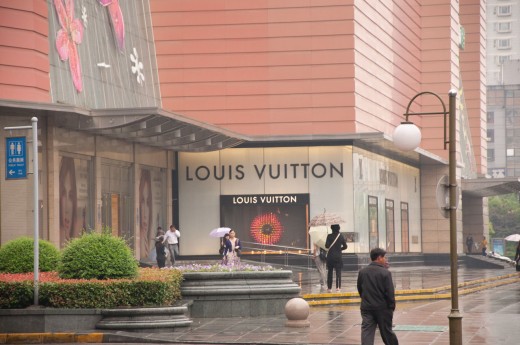
Interestingly, rich and poor seem to coexist in the same spaces in Wuxi. Unlike the sharp divisions between good and bad neighbourhoods in some American cities (*cough* Philadelphia), it’s hard to find lower-income citizens in a place of their own.
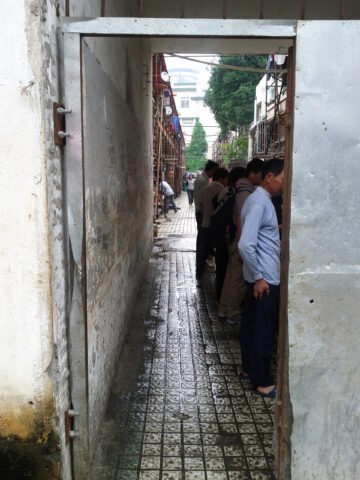
I walked by an alleyway where construction workers probably lived. There was a cluster of people around something that resembled an outdoor food cart, but it wasn’t open to the general public — it was set up so that the community of laborers could eat affordably.
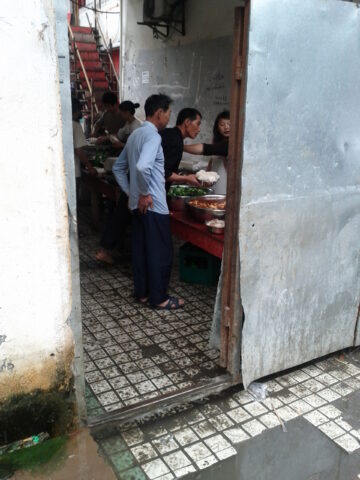
Historic gardens (preview)
I’m going to post more photos from this venue in Part 2 of Day 1. We took somewhere between 250 and 300 photos of this historic site, where ancient architecture and estates from earlier eras, trees hundreds of years old, and an intricate system of stone wells that collect mountain water, have been preserved. I’m going to need some time to sort through the photos.
(My uncle, who teaches martial arts, served as a tour guide and explained the historical/cultural significance of many of the sights.)
I also saw beautiful slabs of stone with engraved calligraphy, from different eras hundreds of years past. Even hundreds of years ago, the basis for the modern written Chinese language had already been set.
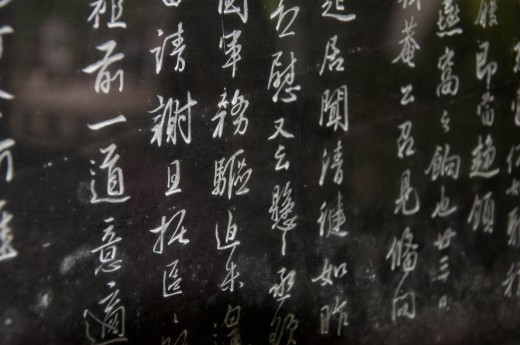
Anyways, all that and more will come — in Part 2.

